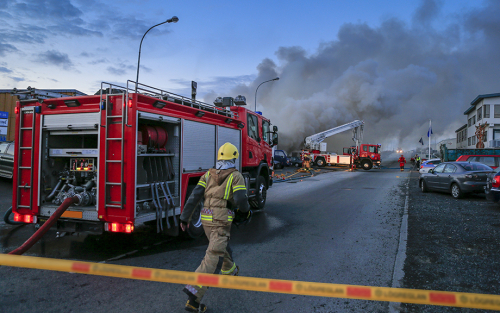Helping State and Local Governments Stay Liquid

On April 9, the Federal Reserve announced up to $2.3 trillion in new support for the economy in response to the coronavirus pandemic. Among the initiatives is the Municipal Liquidity Facility (MLF), intended to support state and local governments. The details of the facility are described in the term sheet. The state and local sector is a unique but very important part of the economy. This post lays out some of the economics of the sector and the needs that the facility intends to satisfy.
Restoring Economic Growth in Puerto Rico: Introduction to the Series
The difficult economic and financial issues facing the Commonwealth of Puerto Rico have remained very much in the news since our post on options for addressing its fiscal problems appeared last fall. That post was itself a follow-up on a series of analyses, starting with a 2012 report that detailed the economic challenges facing the Commonwealth. In 2014, we extended that analysis with an update where we focused more closely on the fiscal challenges facing the Island. As the problems deepened, we have continued to examine important related subjects ranging from positive revisions in employment data, to the understanding emigration, and to considering how the Commonwealth’s public debts stack up. In most of this work, we have focused on how policymakers could help to address the immediate issues facing the Island and its people. The U.S. Congress and the Obama Administration took action in June to provide a framework to help address Puerto Rico’s fiscal crisis. But much remains to be done to address these ongoing problems, which represent a significant impediment to economic growth in the short run. It also seems important to revisit the question of the prospects for reviving longer-run growth in the Commonwealth. These concerns were underscored by projections published by the International Monetary Fund (IMF) in the April edition of the World Economic Outlook that forecast Puerto Rico’s real GDP and population to decline through 2021.










 RSS Feed
RSS Feed Follow Liberty Street Economics
Follow Liberty Street Economics